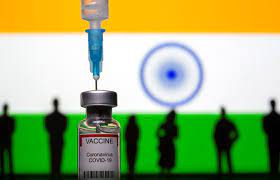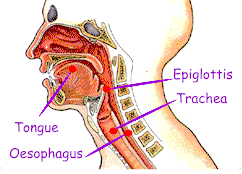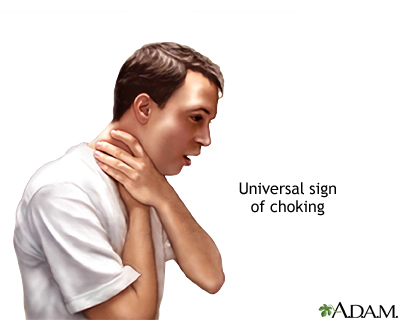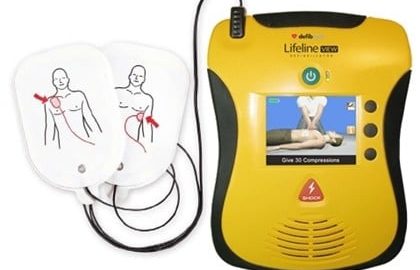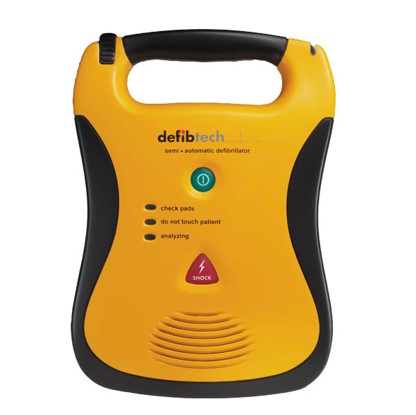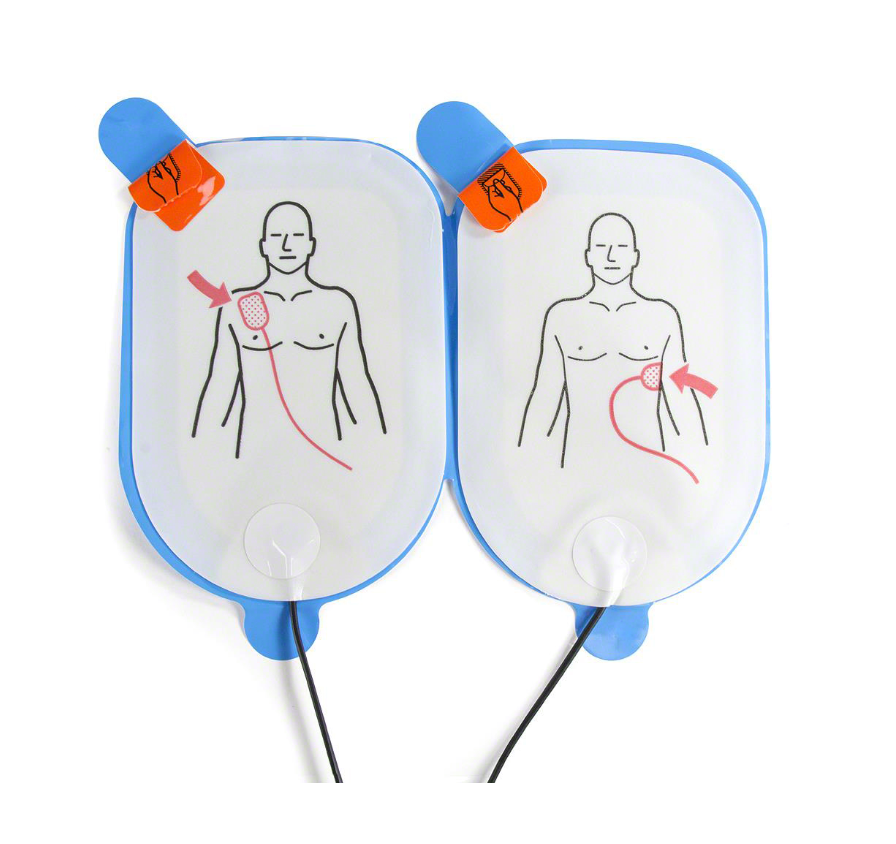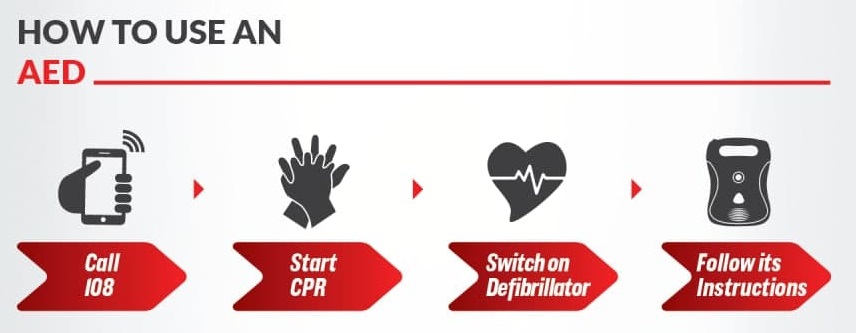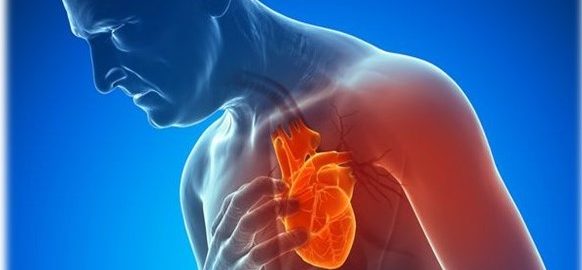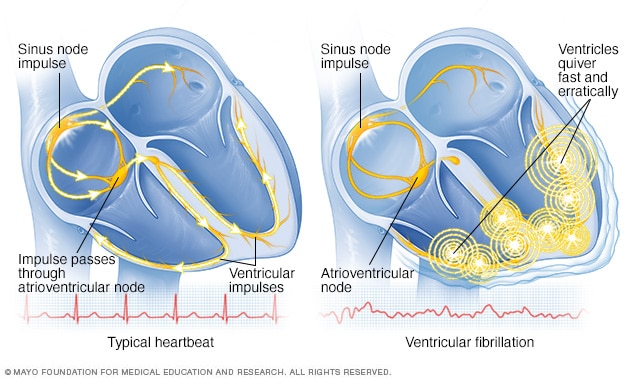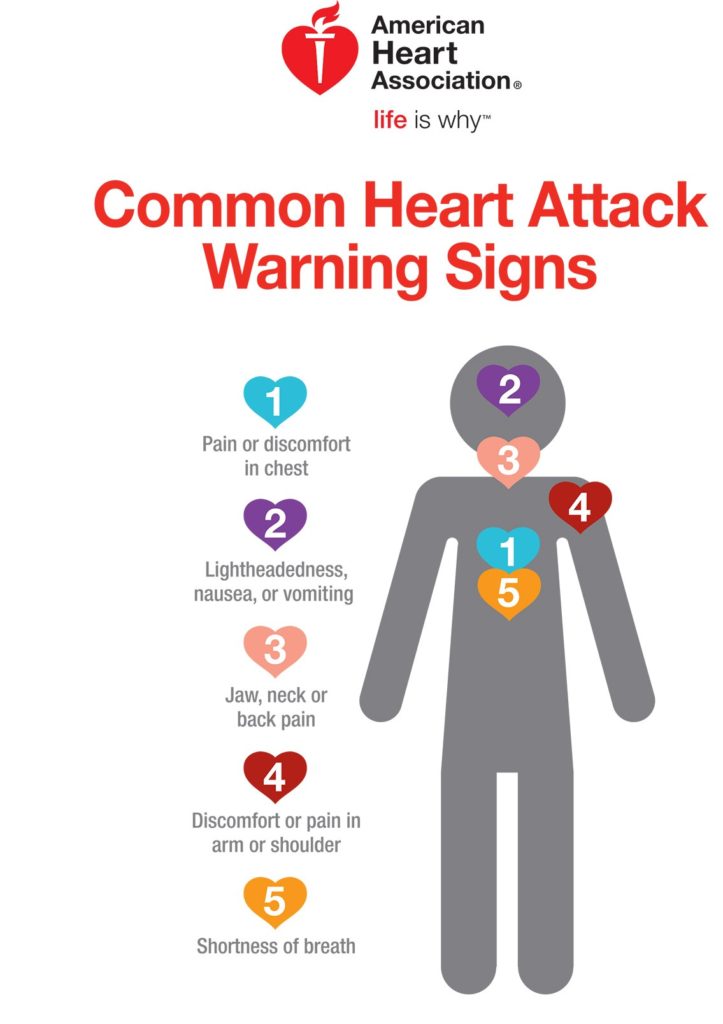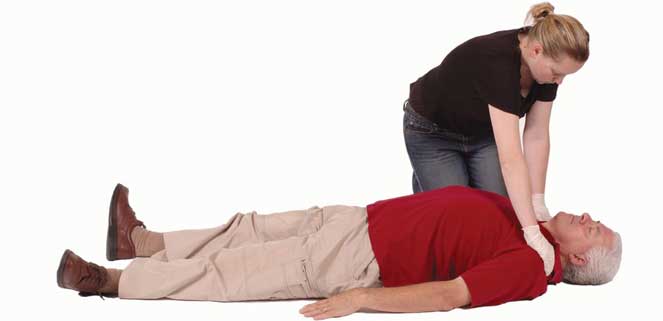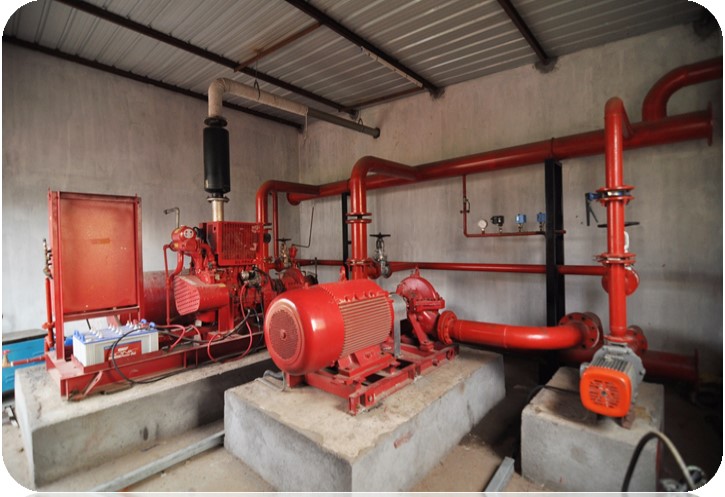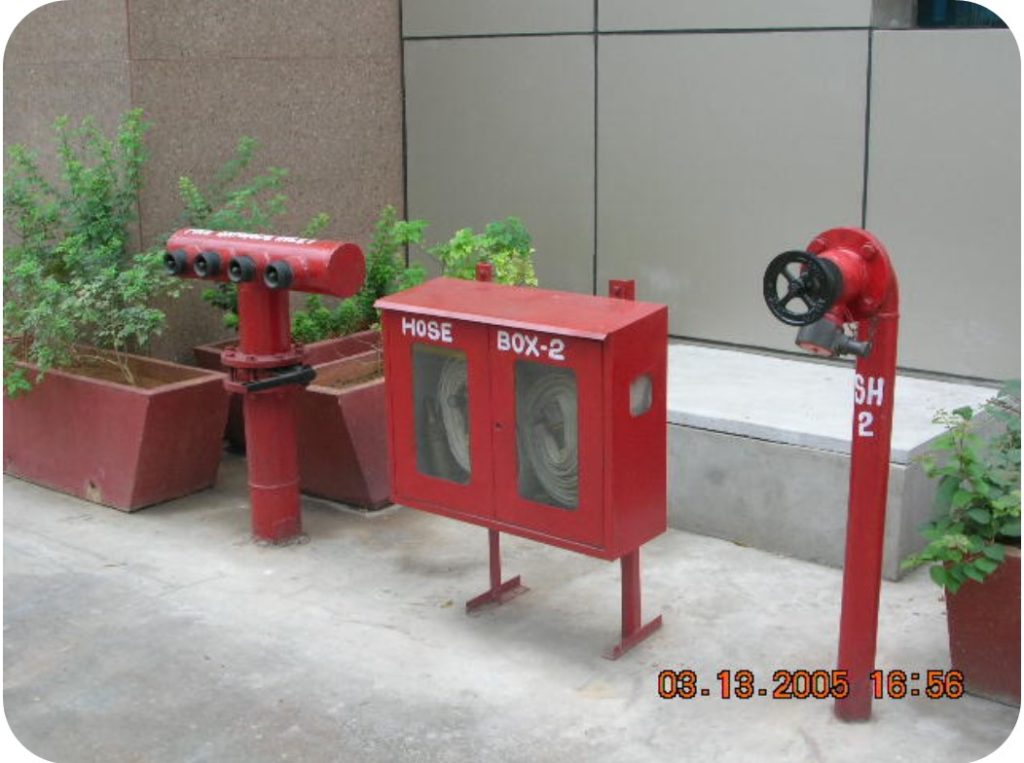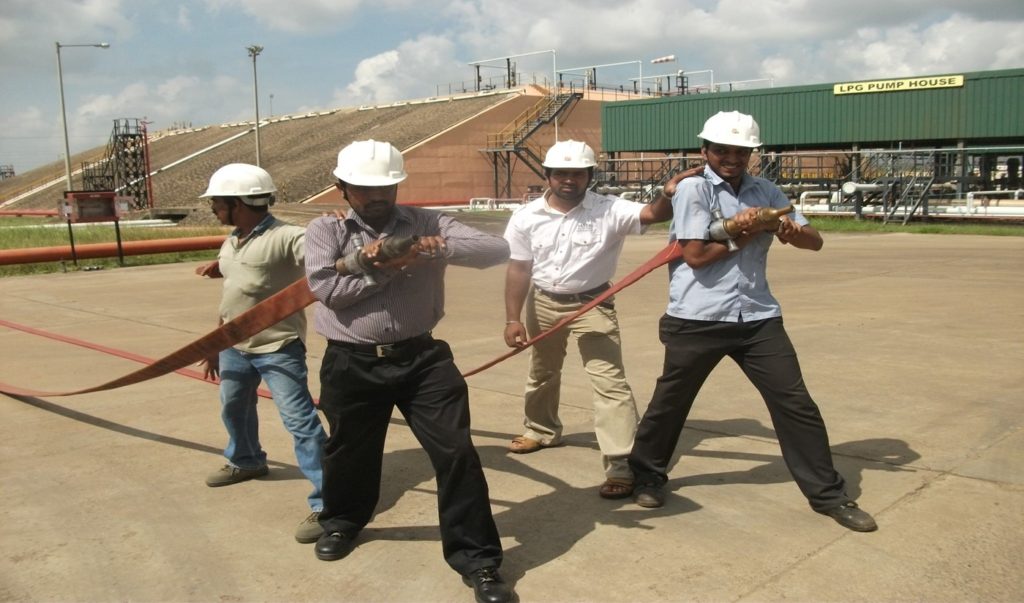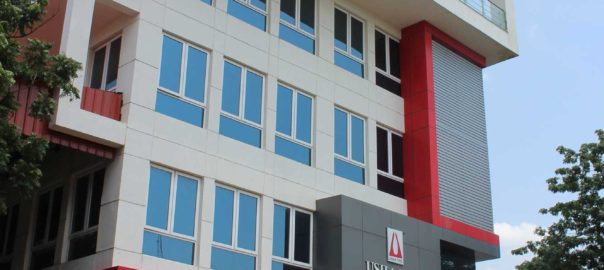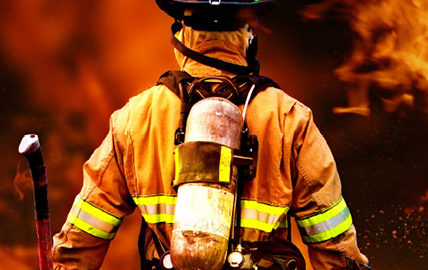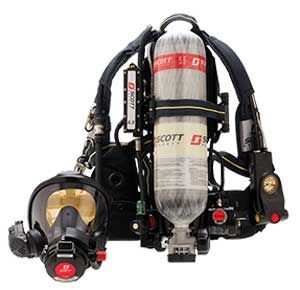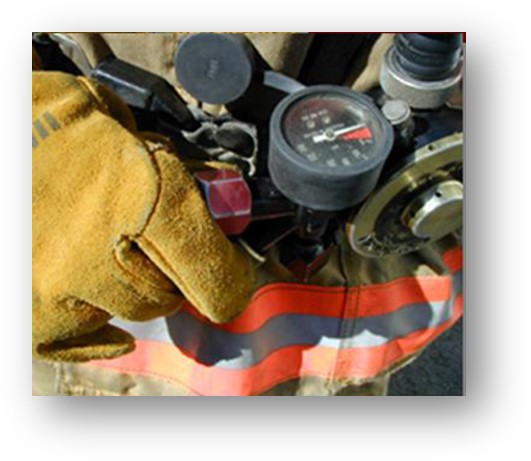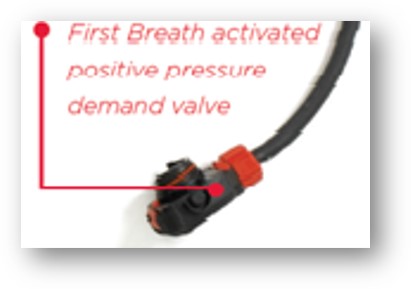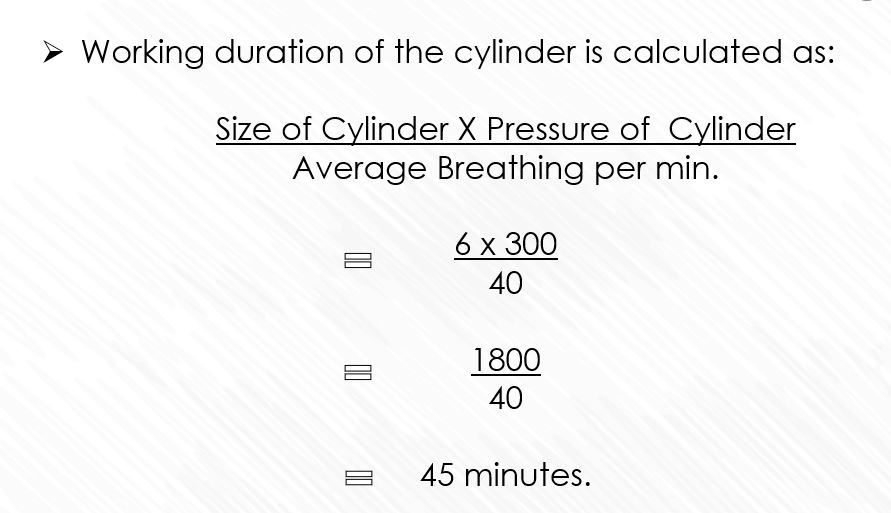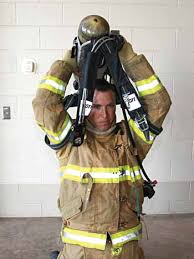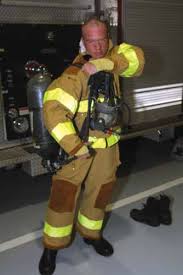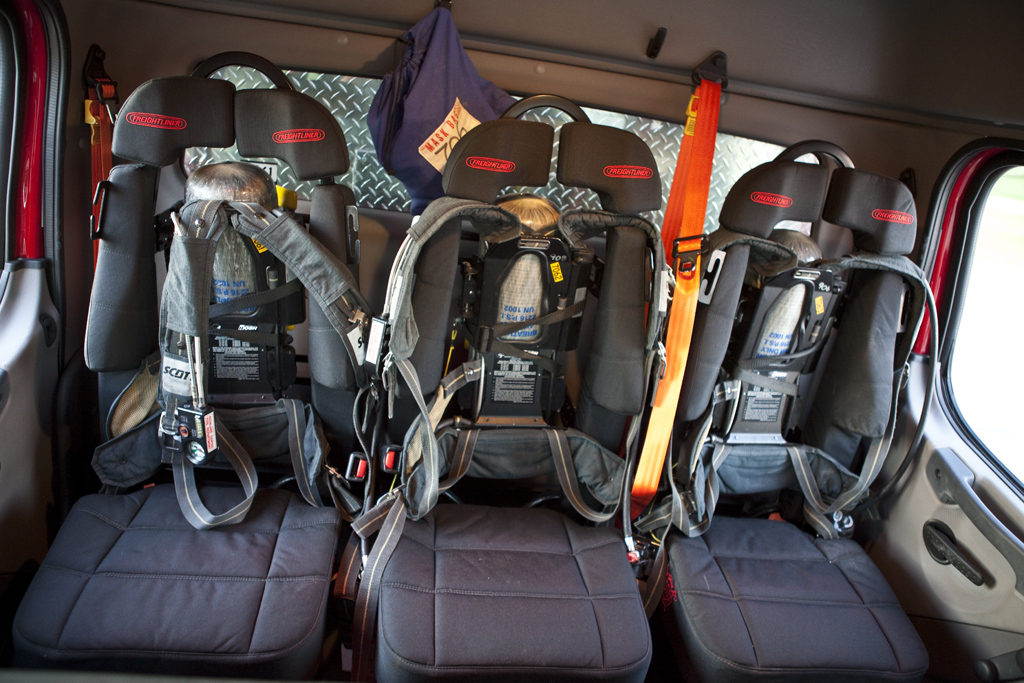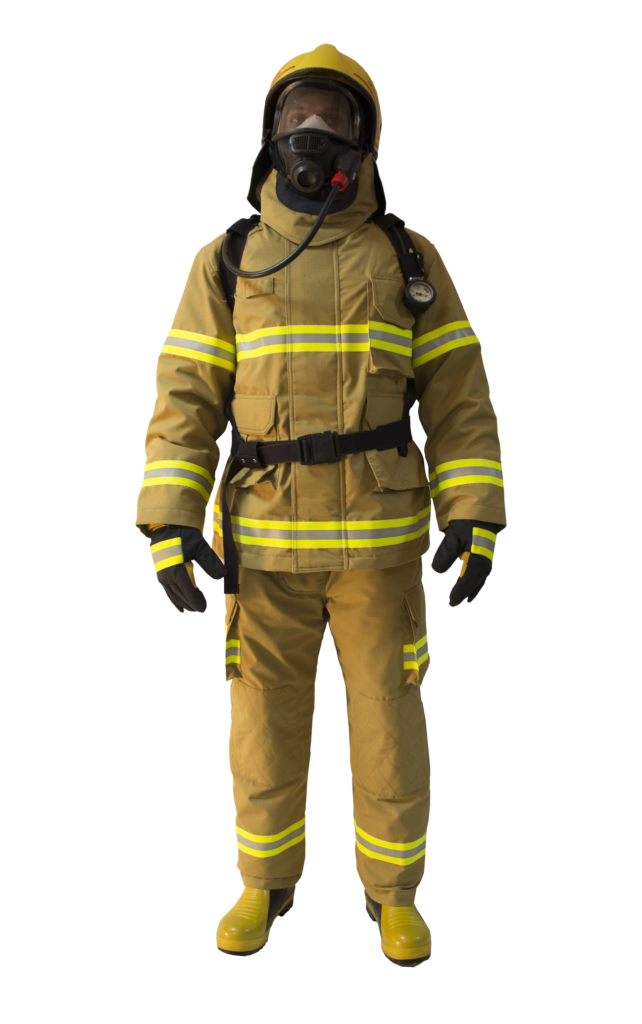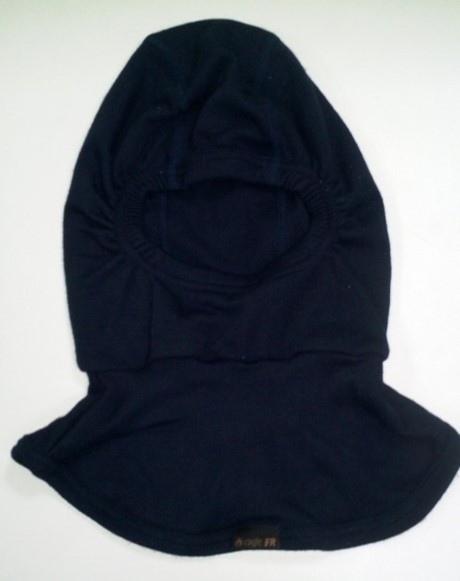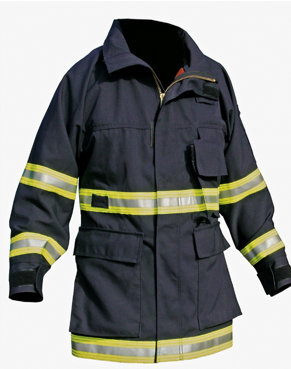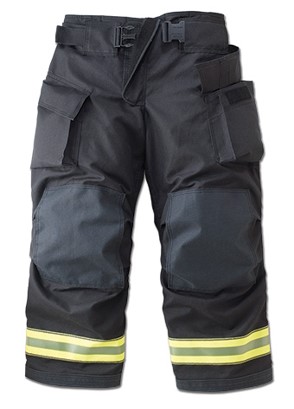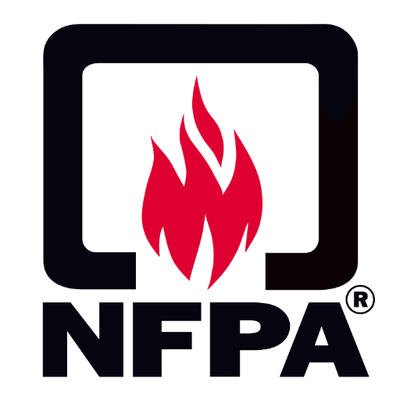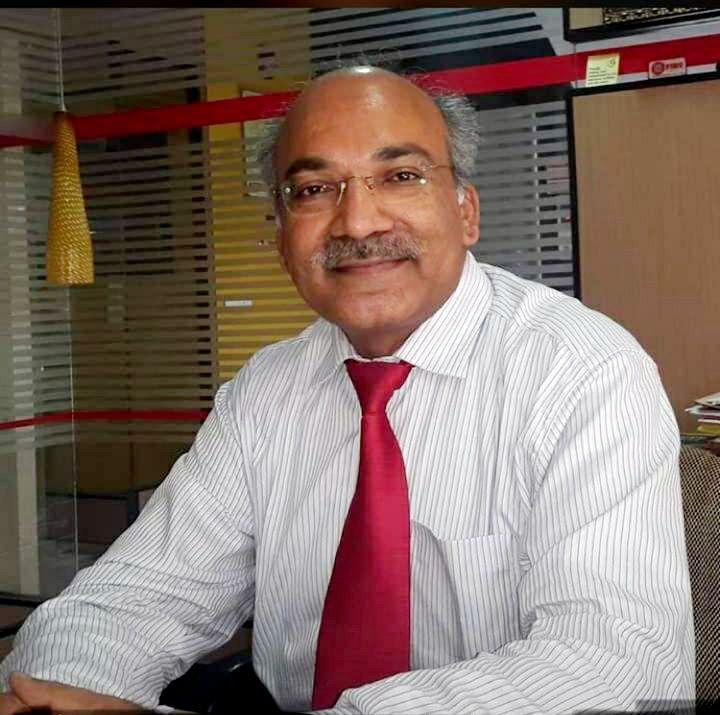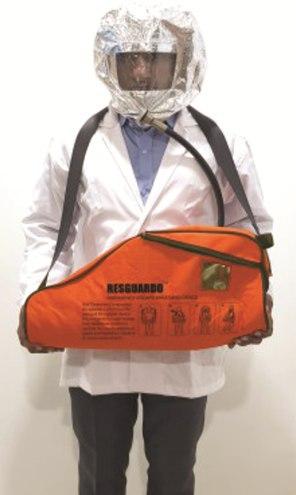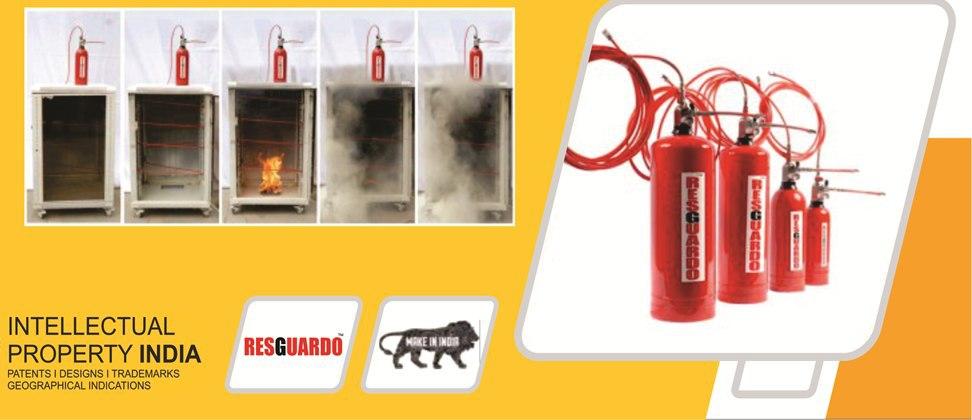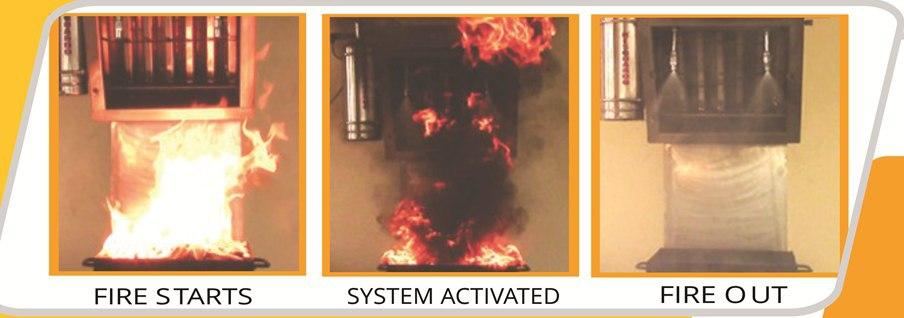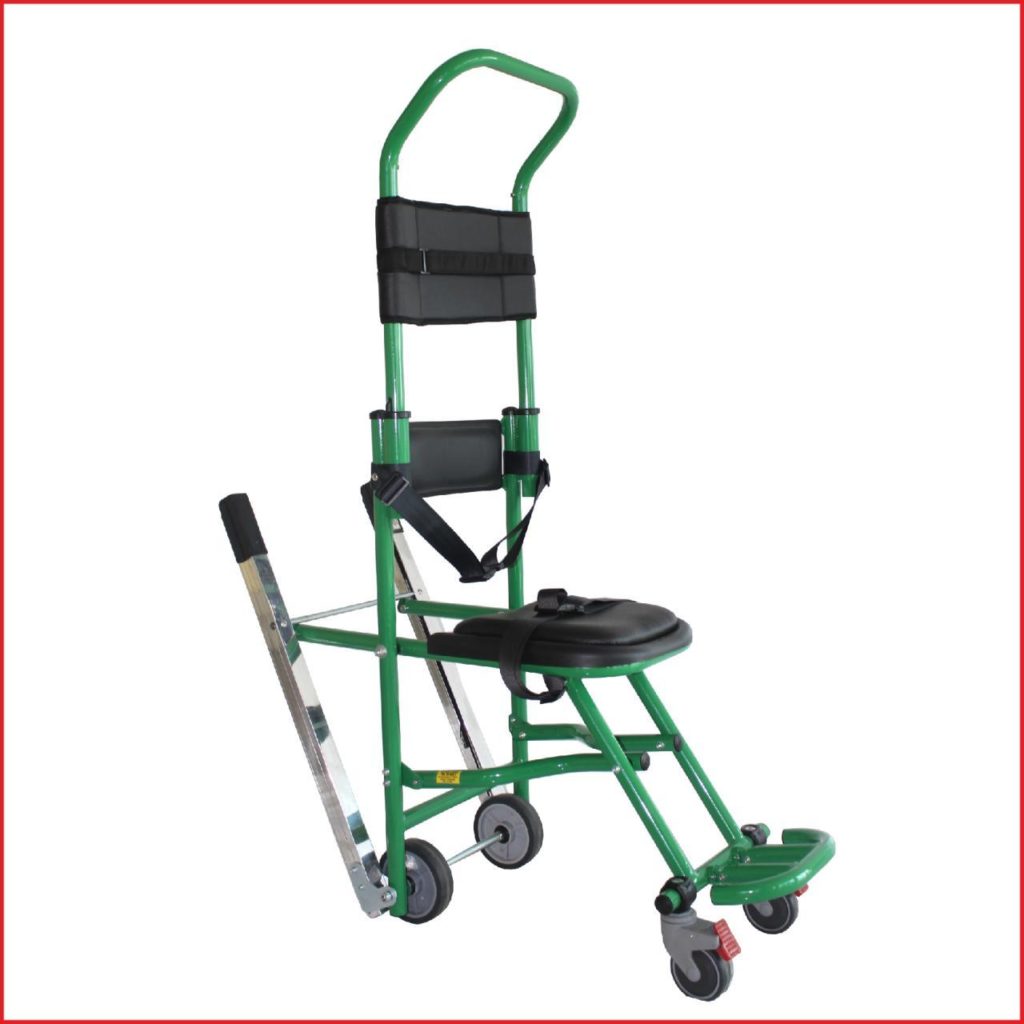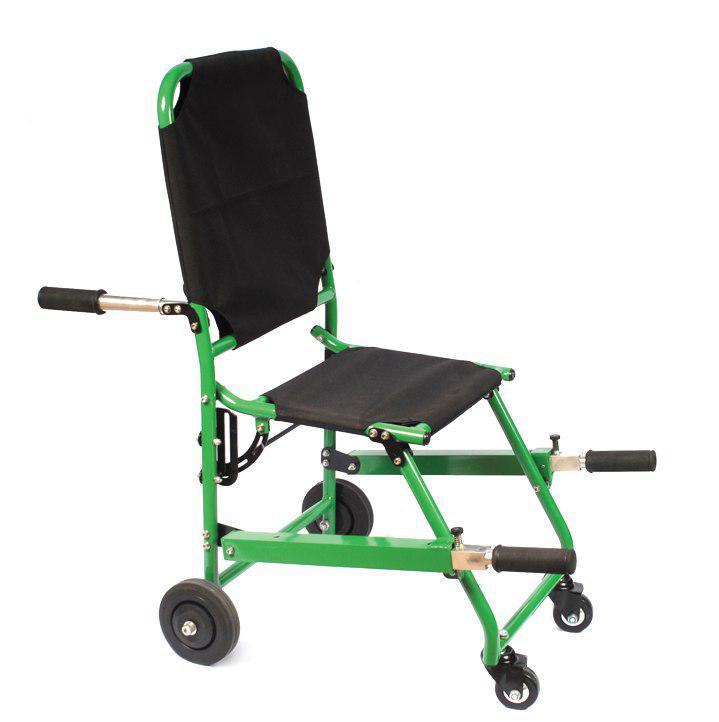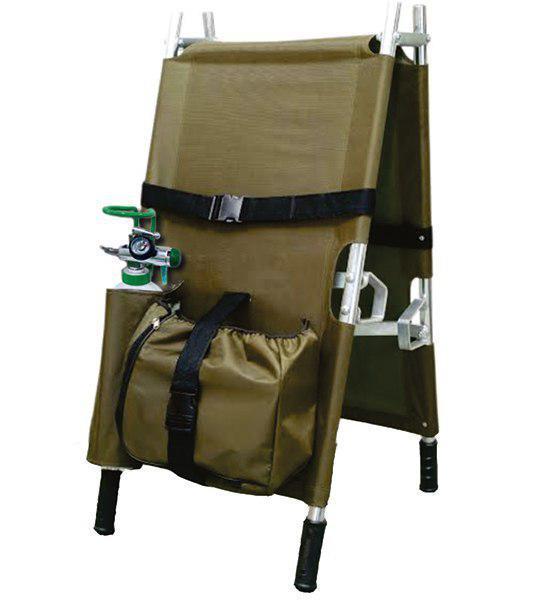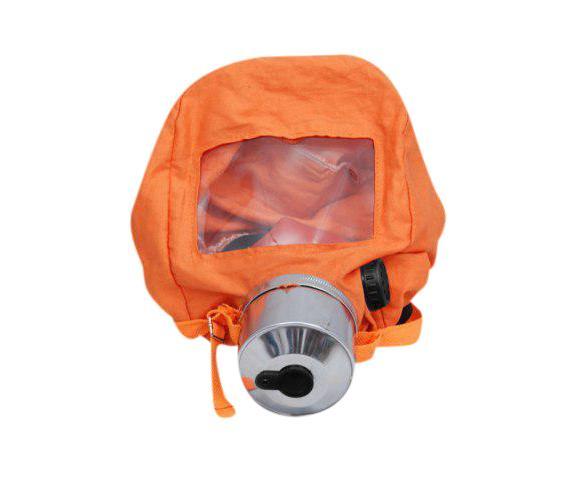Trust all my readers, friends and well wishers are safe and doing absolutely, great in life. I had been wondering and thinking what to write in my series of Live Life Save Life and I have decided that this was important today more than anything else. Yes, I am talking about Vaccination. In this episode Jaggy and Maggie will be discussing the aspects of vaccination. Enjoy reading and get yourself vaccinated soon.
Jaggy: “Hello Maggie How are you?”
Maggie: “Fine thank you and how about you?”
Jaggy: “I am doing great Maggie and looking forward to the conversation with you.”
Maggie: “Yes Jaggy. This pandemic has been devastating. First wave, Second wave, infections, hospitalization, and death. Is there no end to this?”
Jaggy: “This is not the first pandemic that has affected people, and this will not be the last. These tough times test our character.”
Maggie: “I know these are tough times, but it seems that there is no light at the end of the tunnel.”
Jaggy: “No need to get depressed. Not to get infected is simple. Just follow SMSV.”
Maggie: “SMSV! What on earth does that stand for?”
Jaggy: “It stands for S – Social Distance. M – Mask S – Sanitizing and V – Vaccination.”

Maggie: “Wow. The one thing you are really good at Communication. You surprised me completely. “
Jaggy: “I know that you are following SMS but have got yourself vaccinated.”
Maggie: “No Jaggy I have a lot of doubts regarding that. Which Vaccine to take and whether to take it or not.”
Jaggy: “Not you alone Maggie but lot of people across the world have the same doubts.”
Maggie: “Can you educate me on the same?”
Jaggy: “Sure. Let us start with what is vaccination first. A vaccine is a biological preparation that provides active acquired immunity to a particular infectious disease. A vaccine typically contains an agent that resembles a disease-causing microorganism and is often made from weakened or killed forms of the microbe, its toxins, or one of its surface proteins.”
Maggie: “There you go again. Giving a definition. Just tell me what it does?”
Jaggy: “Pretty simple, a Vaccine protects you against infection. We have been vaccinated quite a lot since birth.”
Maggie: “Since birth? I don’t get it.”
Jaggy: “Starting from the Polio vaccine to chicken pox, cholera, and tetanus we all have been vaccinated. Vaccination for Hepatitis also has been done.”
Maggie: “Yes, now I remember but still I am hesitant. I am not fully convinced with respect to Covid vaccine.”
Jaggy: “Let me clarify. No vaccine in the world is 100% effective. Having said that when you vaccinate your immunity to fight the disease increases over a period of time.”
Maggie: “But a vaccination is supposed to give immediate results right?”
Jaggy: “No. You are mistaken. No vaccine can give immediate results. In case of the Covid 19 vaccine it takes 14 days for the antibodies to develop and fight the infection.”
Maggie: “Oh I see! What about the side effects? Are they not dangerous?”
Jaggy: “When a vaccination is done there will be side effects like Mild fever and pain in the arms and body for one or two days which is quite common. Some do feel it, but some don’t even feel the after effect.”
Maggie: “What about the protection period? How long will we be protected?”
Jaggy: “The longevity of Immunity is still not proven. Even after vaccination you still need to be careful till most of the population gets vaccinated.”
Maggie: “I get your point. What are the vaccinations that are available currently in India and what should I take?”
Jaggy: “Currently there are 3 vaccinations available in India and they are 1. Covishield by Astra Zeneca and manufactured by Serum Institute India. 2. Covaxin by Bharat Bio Tech developed and manufactured in India and 3.Sputnik V manufactured in Russia. You can take any one of them.”
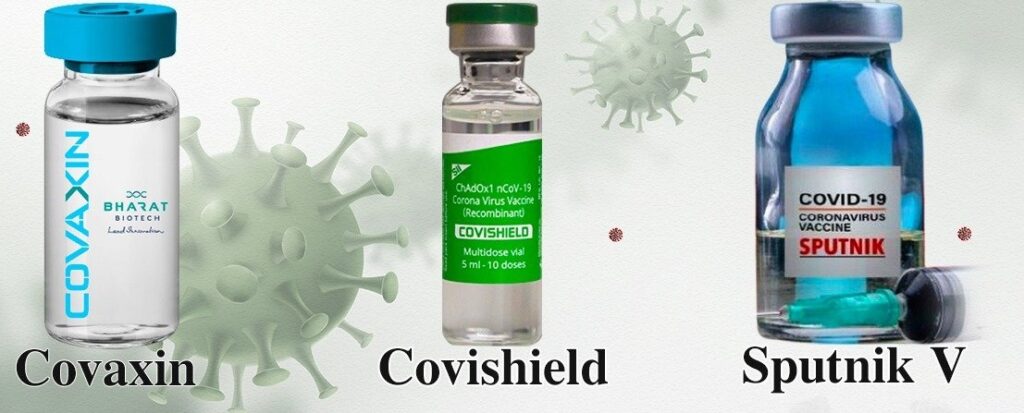
Maggie: “How many doses do I to take and at what intervals?”
Jaggy: “You need to take 2 doses. Covaxin has an interval of 4 to 6 weeks between the doses and Covishield 12 to 16 weeks. Sputnik V is 28 days.”
Maggie: “Can I get the vaccination anywhere or do I have to register?”
Jaggy: “You need to register in the COWIN Application and then a date and place are allotted. On the appointed day just walk in and take it. Carry with yourself the Aadhar card which is mandatory.”
Maggie: “Other than registration any other opportunity or method?”
Jaggy: “Yes. Some employers conduct a camp for their employees, some residential societies do it and service organisations too, organise vaccination camps.”
Maggie: “What happens after I take the first dose?”
Jaggy: “Once you take the first dose, a certificate is issued which will give you the next due date depending on the vaccine taken.”
Maggie: “What are the other vaccines across the world?”
Jaggie: “Yes, there are different vaccines approved and used in many countries. If your relatives and friends are in other countries, they can get themselves vaccinated.”
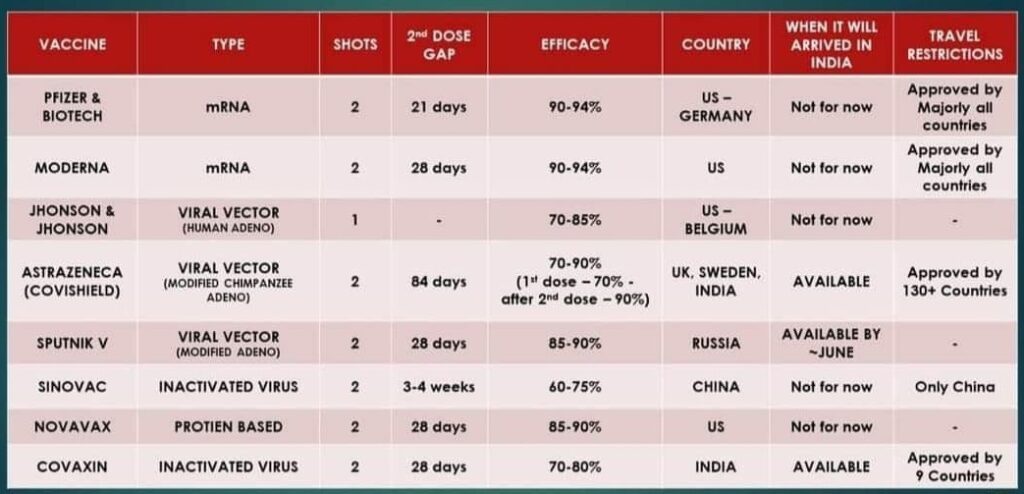
Maggie: “Can I vaccinate my children below 18 now?”
Jaggy: “Currently No. It is for 18 and above only.”
Maggie: “If I was Covid positive and recovered when should I take the vaccine?”
Jaggy: “Good question Maggie. You need to wait for 3 months before you can take the vaccine. Consult a doctor before you take it.”
Maggie: “My final question? Why Vaccination? What are the larger benefits?”
Jaggy: “The major benefit is when a lot of people are vaccinated, the immunity increases, and the spread of infection is minimised. The Health care system will not be overwhelmed.”
Maggie: “So finally you say get Vaccinated.”
Jaggy: “I only have to say this VACCINATION MAY NOT PREVENT INFECTION BUT CAN CERTAINLY PREVENT DISEASE.”
Readers, friends, well wishers and all folks in the world out there get vaccinated and just stay safe.
To stay healthy and live better SMSV.
Seshadri Varadarajan
